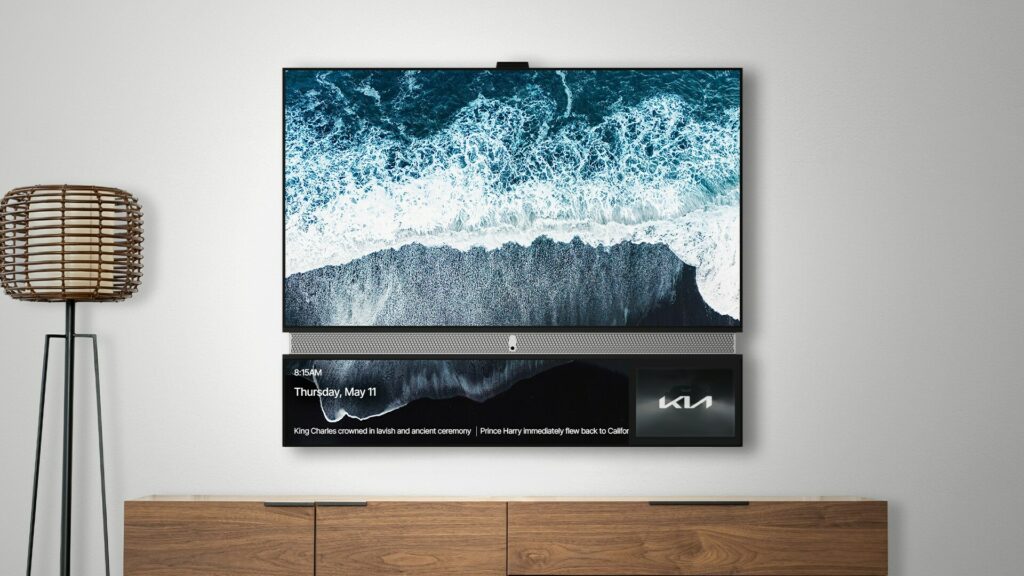The advertising economy is starting to resemble a collection of interconnected multi-level marketing schemes. Some kind of intermediary firm sits atop each pyramid brokering the serving of ads to eyeballs. Under that are ad agencies, and tech firms that work on sales and bid management. The bottom are ad buyers, perhaps too few to sustain all these pyramids.
Advertising subsidizes many things people want or at least use. Free over-the-air TV, radio, and most social media; in fact, most news media is free or available at a lower cost to consumers due to ads.
Advertisers buy ads almost entirely because they want to sell stuff. To paraphrase Peter Drucker, innovation and marketing are the only two things that create value in a business; everything else is a cost. Drucker didn’t seem to consider a world where companies can buy political power to force a monopolistic product onto people, but I digress.
When done correctly, ads drive sales, paying for themselves while subsidizing much of modern life. Most people hate ads, but in practice, they hate paying for things more. Look at video streaming, where nearly 20% of new signups for Netflix in early 2023 opted for the ad-supported tier, which came at a cost savings of $3 compared to the basic ad-free plan.
Streaming companies can earn more from an ad supported account than most consumers are willing to pay for the service. Creating a bazar world were everyone wants in on the ads. Offering ad inventory, big data targeting, or AI for an ad tech stack is incredibly profitable. A startup called Telly plans on giving away millions of premium TVs with an attached smaller second TV used to serve ads.
Telly’s founder Ilya Pozin previously cofounded Pluto TV, an ad-supported streaming service now owned by Paramount. The press release for Telly feels as odd to me as a company announcing they give away free beer, if users hold a second smaller beer that tries to sell them things while they drink it.

Telly’s business model may work. The one time cost of a TV capable of inserting ads adjacent content people already watch is orders of magnitude lower than the cost of creating that content. Couple that with the willingness to disregard existing privacy law that Shoshana Wodinsky pointed out, and you have a viable, if scummy business.
Selling media inventory and ad tech can certainly be profitable. But that model requires advertisers to exist, and reminder, advertisers buy ads almost entirely because they want to sell stuff. I cannot help but think as more companies try to win in the ad market, we are running out of product sellers.
Some industries are so mature, saturated, and legally entrenched that most growth is poaching customers from existing service providers. Jake from State Farm is in a tug a war with the Geico Gecko and Flow from Progressive. Auto insurers spent over $10 billion on advertising in 2021, as each company pushed to grow.
For auto insurance the market cannot exponentially increase in size. Advertising is in effect a cost of doing business. Those costs are passed onto consumers.
For consumers the modern advertising economy involves trading privacy for a model that shifts costs onto them elsewhere. The costs include valid marketing efforts, click fraud, and a large chuck of money that disappears. According to a study by the Incorporated Society of British Advertisers (ISBA), about 15% of programmatic ad spend vanishes within the ads supply chain. Those costs too are passed onto consumers.
Advertising has always carried with it the challenge of attribution. John Wanamaker, who died in 1922 said, “Half the money I spend on advertising is wasted; the trouble is I don’t know which half.” In 2023, attribution of wasted spend is somewhat more clear than in Wanamaker’s lifetime. But in 2023 about 49% of advertising goes to intermediaries, and easily between 7-23% of all ad spend goes to bots and fraud.
The longer I spend in the advertising swamp the less comfortable I am with advertising as an American economic pillar. Advertising is eroding consumer privacy, without much benefit to publishers or advertisers. In an article I published a few months ago I said,
In an empirical study on the impacts of behaviorally targeted advertising on online publishers’ revenue, researchers at the University of Minnesota, University of California, Irvine, and Carnegie Mellon University found that publishers only earn about 4% more revenue for ad impressions that had cookies enabled than for ones that don’t. The study is from 2019, so cookies are mentioned a lot. But I have seen no evidence that the conclusions were false in 2019, or that anything has changed as of 2023.
In an ideal world advertising would give consumers access to free content, created by fairly compensated workers, in exchange for learning about products they’d want to buy. In that world everybody wins. But that world hasn’t existed since the dawn of DoubleClick, if it ever existed.
In our world advertising represents the worst of rent seeking behavior. You may get a free TV, but at what cost?
Article by Mason Pelt of Push ROI. First published in MasonPelt.com on May 17, 2023. Photo: “I. M. Pei’s Pyramid, The Louvre” by Mustang Joe is marked with CC0 1.0.
